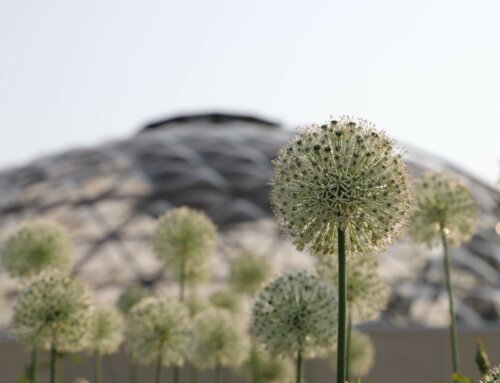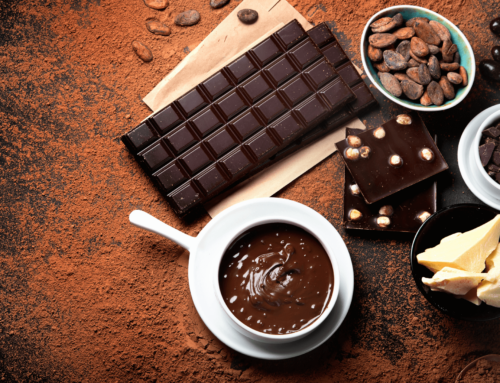Your guide to planting bulbs for continuous garden beauty and pollinator delight.
A garden brimming with color and life is a true joy. One of the most enchanting ways to achieve this is by planting a diverse array of bulbs that bloom throughout the seasons, providing a continuous spectacle of beauty while also serving as a vital source of nourishment for pollinators. By strategically selecting and planting bulbs such as crocuses, hyacinths, daffodils, and alliums, you can ensure your garden remains a captivating sanctuary from early spring through summer. Let’s delve into the art of planting bulbs for sustained visual interest and a thriving ecosystem.
Bulb Selection
When planning a garden that remains resplendent for months, thoughtful bulb selection is paramount. Each bulb brings a unique charm and character, contributing to the overall tapestry of your garden.
Early Spring
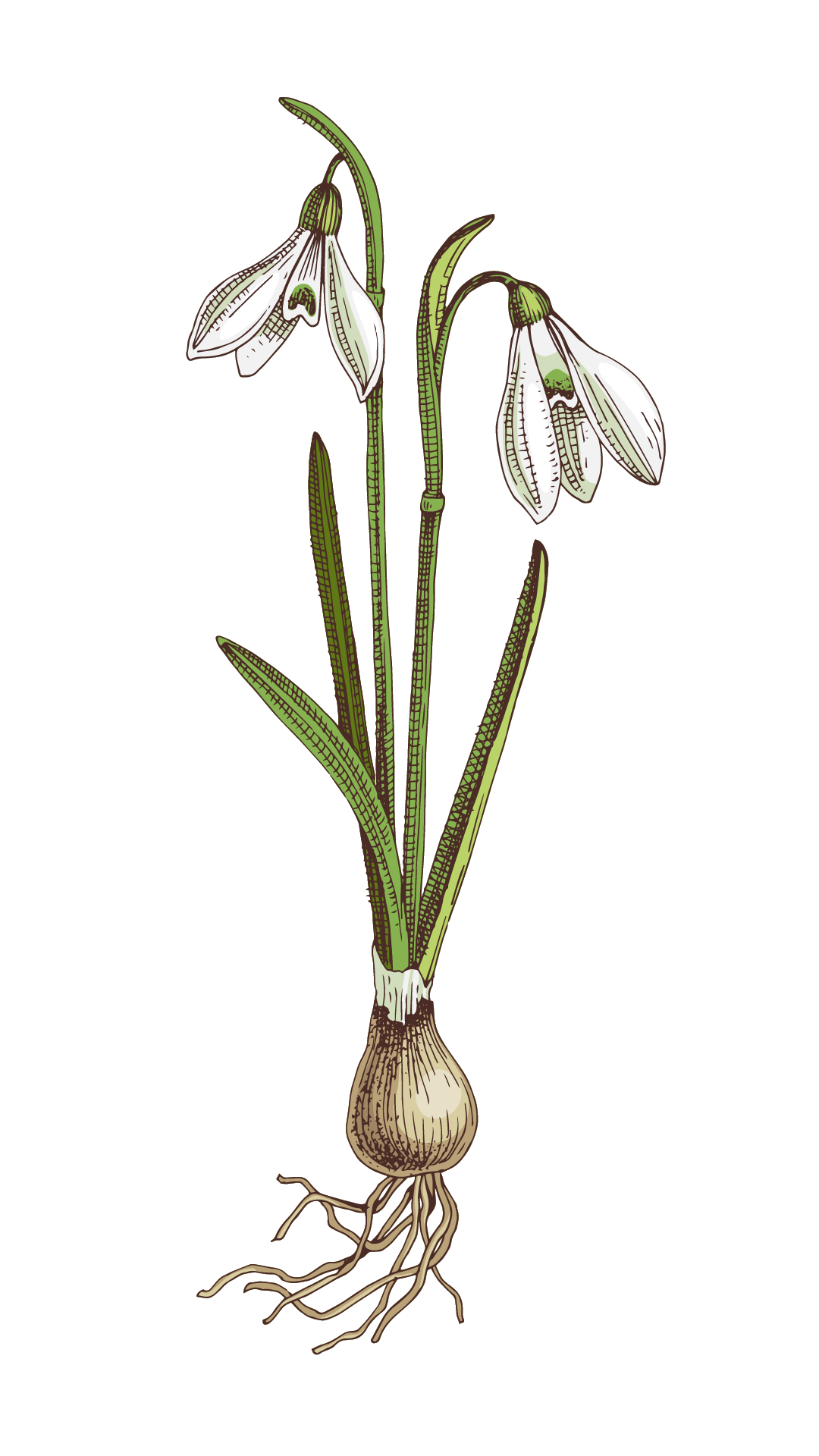
Snowdrops: These delicate white flowers are among the earliest to bloom, often appearing even before the last snow melts. Plant them in clusters for a dreamy effect and watch sleepy bumblebees emerge from their winter slumber to feast on the snowdrops’ nectar.
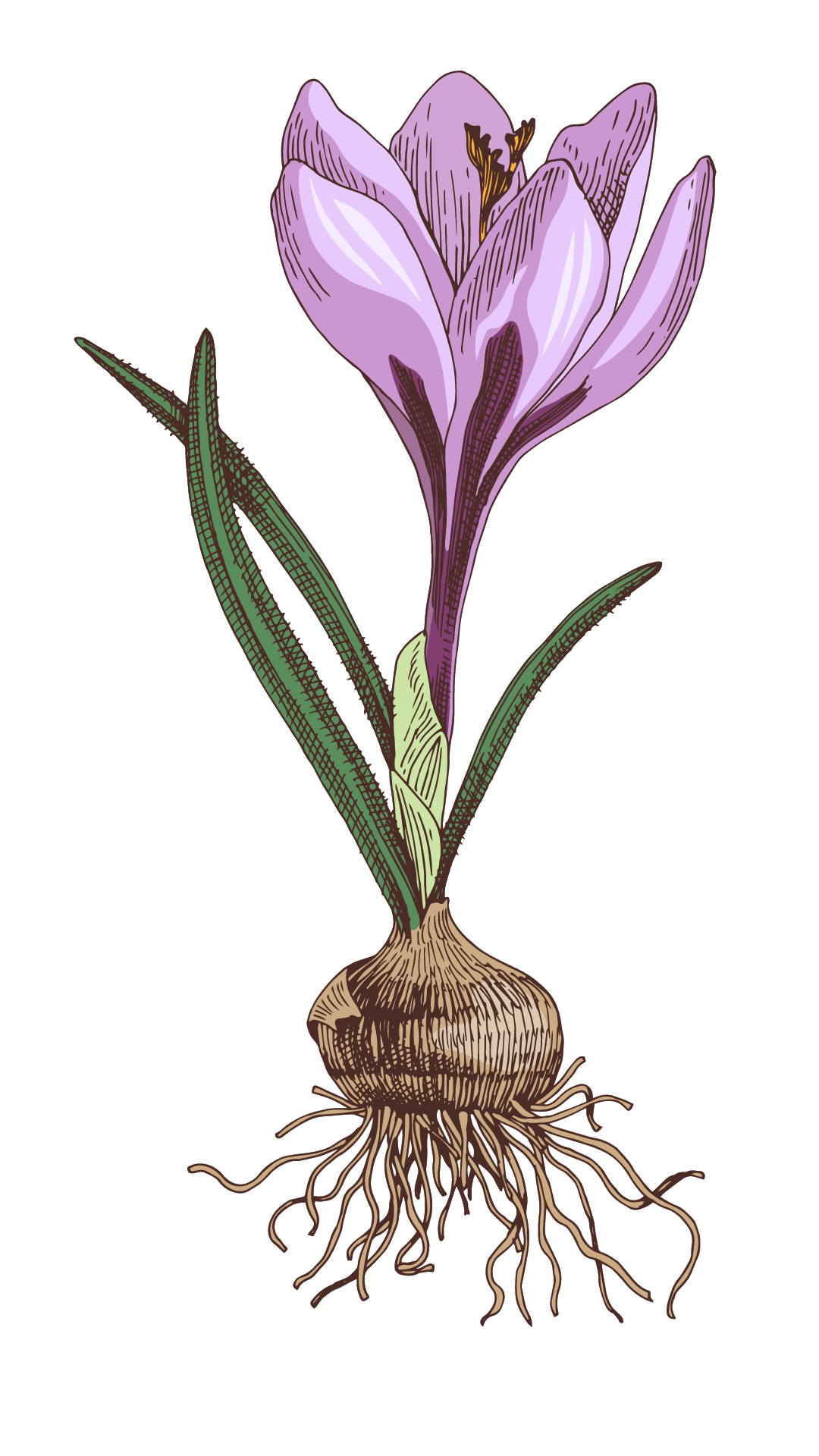
Crocuses: Bursting forth in an array of vibrant colors, crocuses add cheerfulness to your yard. They come in various sizes, allowing for dynamic and interesting arrangements.
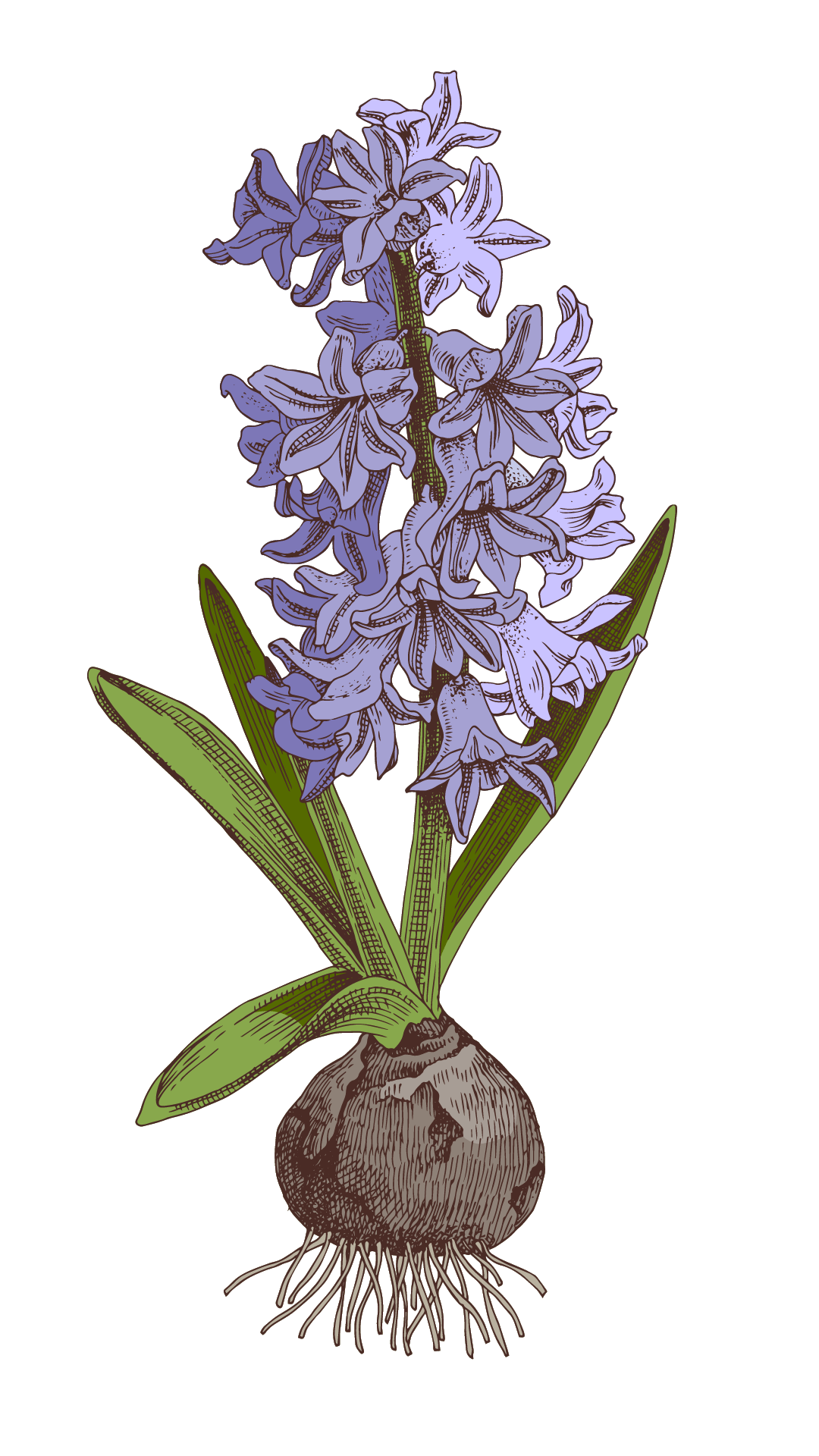
Hyacinths: With their intoxicating fragrance and bold hues, hyacinths make for a striking early spring show. Choose a mix of colors and sizes from this year’s Fall Bulb Market selection to create a visually charming scene.

Squills: Another harbinger of spring, these petite, star-shaped flowers bring a touch of whimsy to your garden. They’re excellent for edging and naturalizing, forming charming blue carpets in early April.
Late Spring
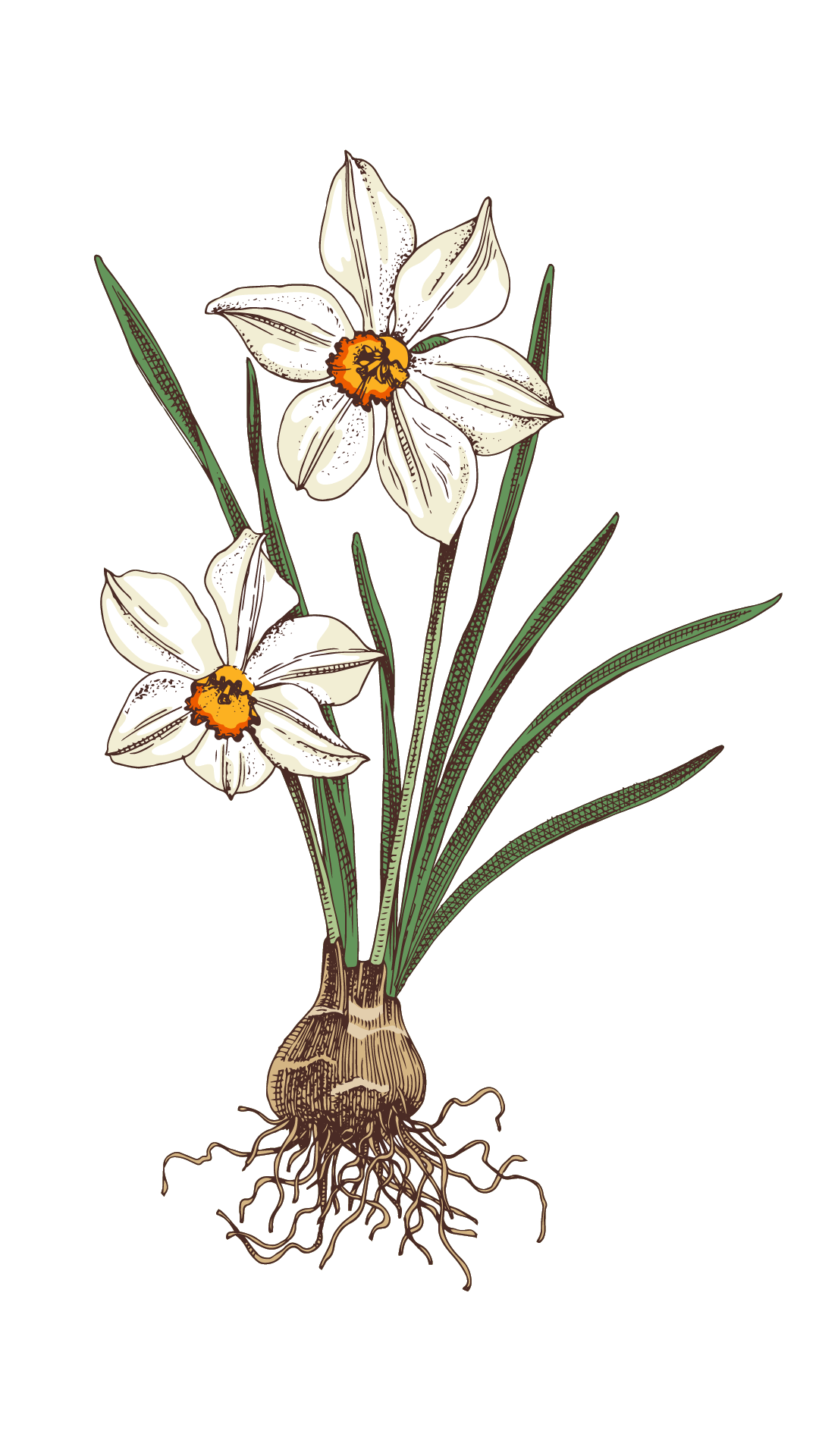
Daffodils: From classic yellow trumpet-shaped blooms to delicate white petals with pink accents, daffodils come in several shapes and sizes. They’re visually appealing and resistant to deer and rabbit damage.

Peonies: Sold as bare root tubers at this year’s Fall Bulb Market, the large, luxurious blooms and enchanting fragrance of peonies make them a showstopper. Although they have a relatively short blooming window, their beauty and delightful aroma is worth the wait. Peonies make lovely stars in a cut flower arrangement.

Tulips: The epitome of spring elegance, tulips offer an eclectic spectrum of colors and shapes. Plant different varieties of single, double, and species tulips to stagger their blooming periods and extend their display. This year’s Fall Bulb Market boasts more than 20 tulip varieties.
Early Summer
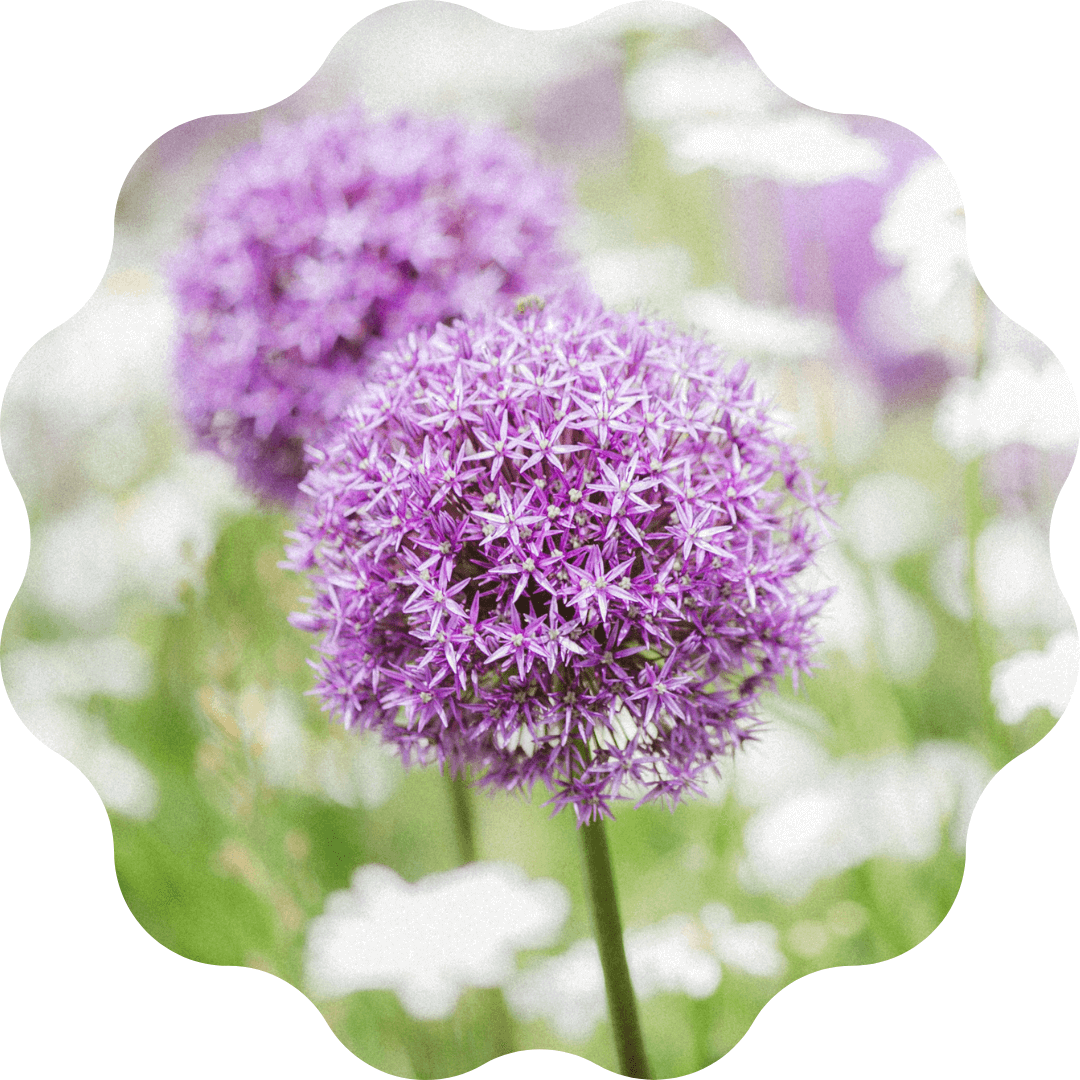
Alliums: Adding height and intrigue, alliums produce spherical flower heads that resemble fireworks frozen in time. The many types of alliums with late spring to early summer bloom times ensure a seamless transition from other spring blooms to mid-summer perennials and annuals. As an added bonus, these unique bulbs, part of the onion family, deter deer, rabbits and other vermin from feasting on your flowers. Planting them among other bulbs such as tulips and lilies should deter uninvited impromptu critter meals.
Mid to Late Summer
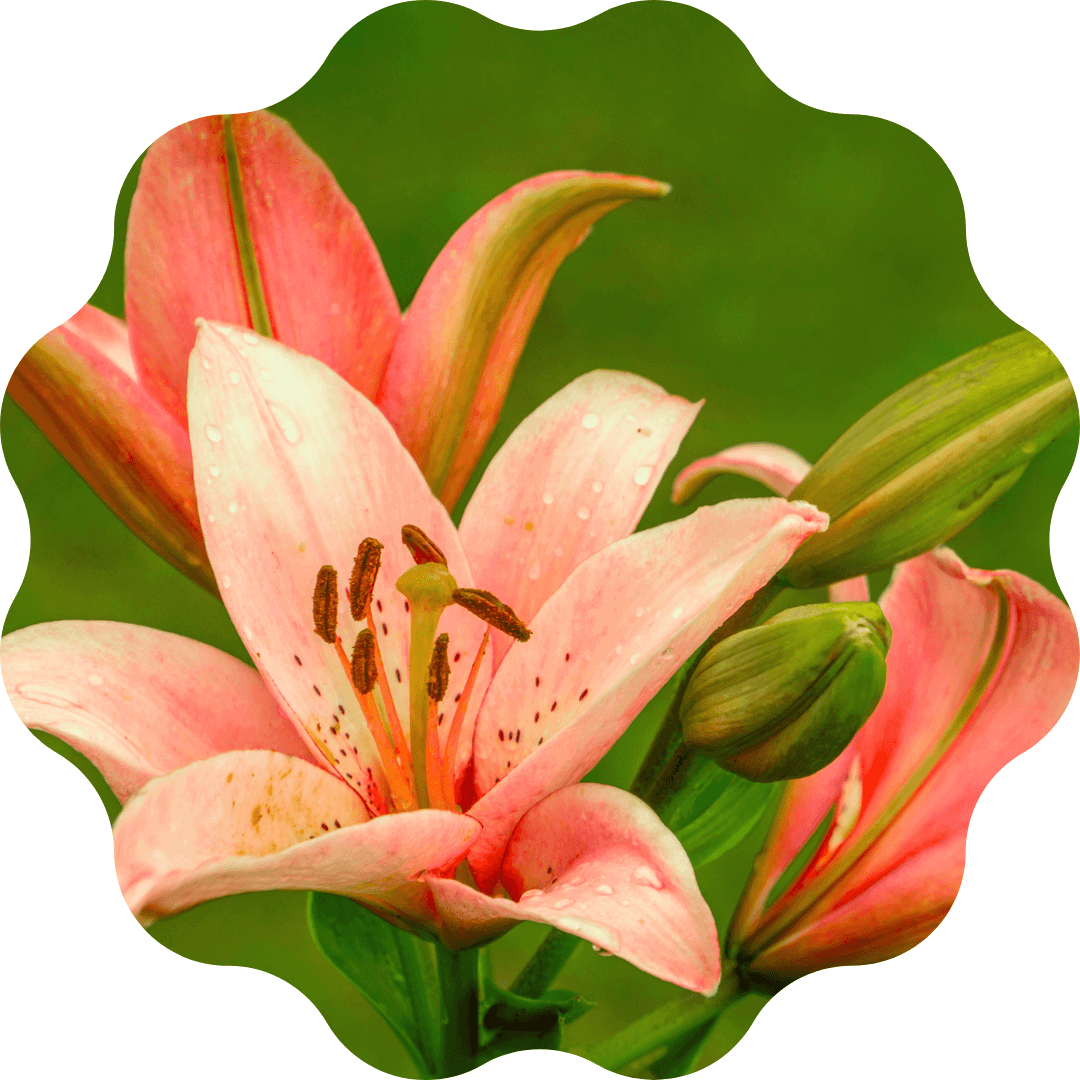
Lilies: Available for purchase at our Fall Bulb Market, lilies lend an air of sophistication to your summer garden. Plant different types to ensure a continuous blooming period throughout the summer.
Strategic Planting
To orchestrate a garden that maintains a continuous display of beauty, consider the following planting tips:
- Layering: Plant bulbs with different blooming times in layers. For example, plant deeper-planted summer bulbs like lilies and peonies, followed by daffodils and tulips, and then early spring bulbs like snowdrops and crocuses closer to the surface.
- Grouping: Arrange bulbs in clusters or drifts for a natural look that mimics how they would grow in the wild. This also makes it easier for pollinators to locate and access the flowers.
- Staggered Planting: Plant a mix of early, mid, and late-blooming varieties of each bulb type to ensure a continuous supply of blooms. This way, as one variety fades, another will take its place.
- Complementary Colors: Consider the color palette of your garden. Blooms in complementary colors, such as bluebells and orange tulips, create striking visual contrasts that enhance the overall appeal.
The benefits of planting a diversity of bulbs extend beyond aesthetics. Pollinators such as bees, butterflies, and hummingbirds rely on nectar-rich flowers for sustenance. By selecting a variety of bulbs that bloom from early spring to summer, you provide a consistent food source for these vital creatures, contributing to their health and survival.
Creating a garden that blooms continuously from early spring through summer is a rewarding endeavor that brings nature’s marvels to your doorstep. By carefully selecting and planting a thoughtful assortment of bulbs, you can orchestrate a garden symphony that not only pleases the eyes but also supports pollinators and fosters a thriving ecosystem.
Whether it’s the delicate snowdrops bringing winter to an end, the bold tulips of late spring, or the stately lilies of early summer, each bulb contributes its unique melody to the ever-changing botanical chorus of your garden.

